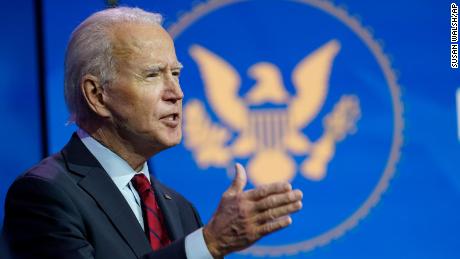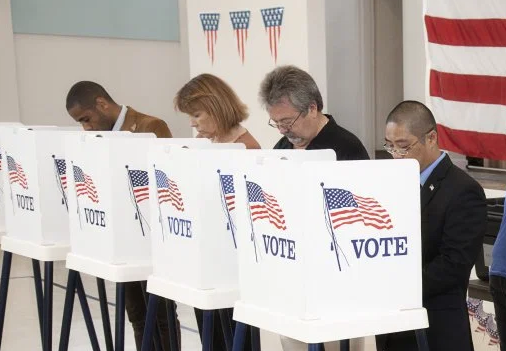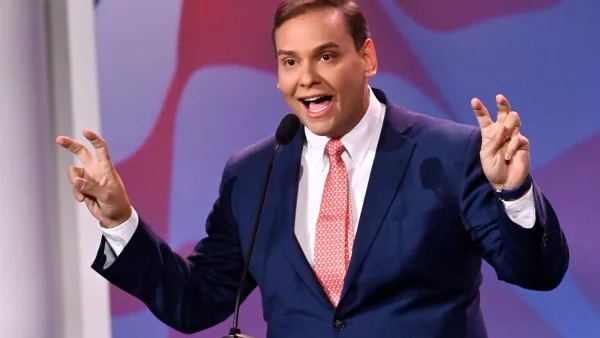The Highlights: The First 50 Days of Biden’s Presidency
The 46th US President Joe Biden entered the White House with an ambitious agenda including plans to diminish Covid-19 case numbers, combat the climate crisis, and much more. The first 100 days of a presidency are known to set the tone for the remainder of the presidential term. This concept began during Franklin D. Roosevelt’s first term in 1933. It came from the first session of the 73rd Congress, right in the middle of the Great Depression, which lasted 100 days. FDR was able to pass some of his most well known legislation during this time, such as the Public Works Administration and the Civilian Conservation Corps. Since then, the first 100 days of a presidential term have been instrumental to determining the success of that president in the eyes of the US people. As we approach the halfway point of President Biden’s first 100 days, let’s take a look at what he’s done so far.
Covid-19 Measures
With over 29 million cases and 500,000 deaths due to the Covid-19 pandemic in almost a year and a half, it is understandable that taming the virus would be at the top of his administration’s priority list. The first executive order that the President signed was a requirement of mask-wearing on all federal properties. On January 25, just four days after his inauguration, President Biden pledged to administer 100 million Covid-19 vaccinations in his first 100 days of presidency. It looks as if the Biden-Harris administration will be successful. As of March 7, 71, 387,042 vaccinations have been given to the US population. At this rate, the president should reach his goal before the 100-day mark on April 29. He also issued many more executive orders to fight the pandemic, including the requirement of masks on most forms of domestic (interstate) travel, rejoining the World Health Organization, and appointing a Covid-19 response coordinator within the executive office.
Anti-Discrimination Measures
The Biden-Harris administration issued a memorandum titled “Condemning and Combating Racism, Xenophobia, and Intolerance against Asian Americans and Pacific Islanders in the United States.” Asian Americans in the United States have dealt with an unprecedented amount of xenophobia and racism in the last year, mainly due to the geographic origin of the Covid-19 pandemic and fueled by some conspiracy theorists. President Biden pledged to stand by the Asian American community and combat the “anti-American” sentiments they are facing during this time. In addition, President Biden issued an executive order to investigate how well government agencies and policies are supporting underserved communities.
On January 5, 2021, President Biden rescinded a law issued four years prior declaring that transgender Americans were prohibited from joining the military: “Today, I repealed the discriminatory ban on transgender people serving in the military. It’s simple: America is safer when everyone qualified to serve can do so openly and with pride.” Many members of the LGBTQ community hope that this repeal signifies a long term change for inclusion in the military.
Climate Change Measures
Climate change is currently one of the most debated and important topics not just in the United States, but throughout the entire world. As scientists warn us that the next decade is essential to preventing long term damage to the environment, global leaders are taking action to move quickly. On January 20, President Biden started his climate change action plan by rejoining the Paris Climate Agreement, which has set out a global framework for reduced carbon emissions and climate change itself. The Biden-Harris administration hopes to make the United States carbon neutral by 2050 which is ambitious but possible so long as it follows through with its plan. Although there are many environmental policies that need to be reversed and readministered, climate change is an important issue and a topic that many hope President Biden will follow through on.
Other Measures to Address Domestic and Foreign Policy Issues
President Biden has also issued executive orders about such domestic issues as immigration, economic relief packages, and health care that will set the tone for the rest of his four years. He also issued an executive order outlining foreign policy goals, while also ordering airstrikes against Iran-backed militants in Syria.
Assessing the President’s Leadership Style
Since taking office, President Biden has issued 50 executive orders, half of which overturn policies developed during President Trump’s time in office. Historically, this places President Biden ahead of even Franklin Delano Roosevelt (see this chart), who had previously signed the most executive orders in US history during his first 100 days — and President Biden is merely at the half-way point in his first 100-day journey. This chart provides details of all the executive orders and compares President Biden’s actions to other recent presidents. In addition, President Biden faced Congressional criticism from within his own party for his recent military orders he pursued based on merely executive action. While his supporters praise his focus on quick action, President Biden has come under some early criticism for wielding excessive executive power and overstepping the legislative process, even at a time when his party controls both houses. Conservative critics have accused him of establishing an “imperial” presidency, yet even liberal supporters acknowledge that he has embraced energetically the modern trend toward an activist executive branch that oversteps legislative processes. In fact, some have encouraged him to use executive powers extensively, while others have encouraged him to “ease up” on the use of executive orders. Yet, others have called the President out for earlier words he used to criticize former President Trump, in which he likened the heavy-handed use of executive orders to “dictatorship,” encouraging instead consensus-building through the democratic process. President Biden, through his Press Secretary Kate Bedingfield, indicated that they are pursuing executive orders mostly to reverse executive orders issued by former President Trump and that the current President’s team is also pursuing legislation as well. One thing all can agree to, President Biden is moving his agenda with lightning speed, and it is difficult to keep up with the changes made even halfway through his first 100 days in office.
As of early March 2021, President Biden holds a 60% approval rating which is higher than Former Presidents Trump and Bush, but still significantly less than others such as Obama, Clinton, and Reagan, it will be interesting to see how the President fares in the eyes of Americans. Despite his success staying on track with his 100 million vaccination goal, the Covid-19 pandemic is ongoing and the fight still continues. And, while his presidency has seen non-stop initiatives, concerns mount about his reliance on executive powers to advance his agenda. Keep an eye out for our 100 days article review!
Erica Brown ‘22, Co Assistant Editor-in-Chief
22ebrown@montroseschool.org
















